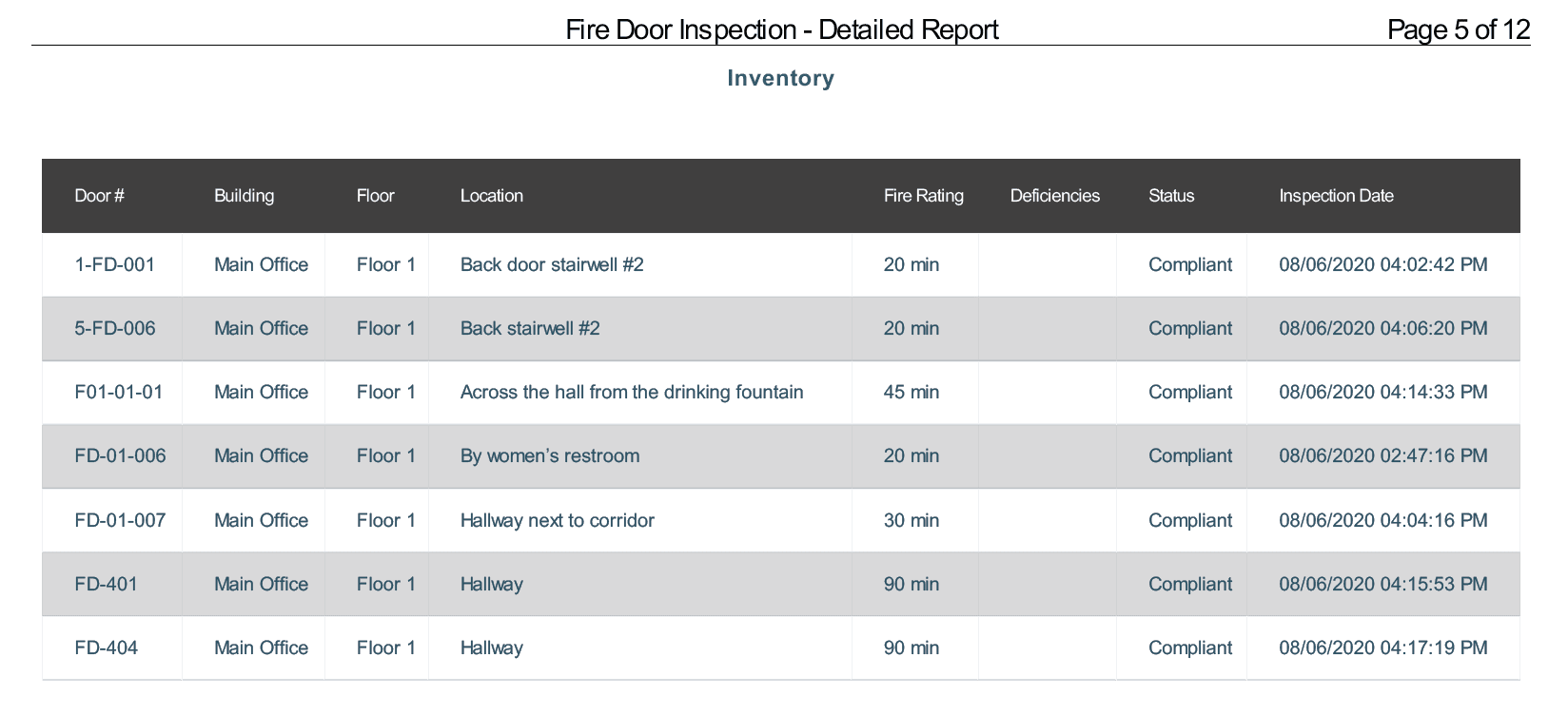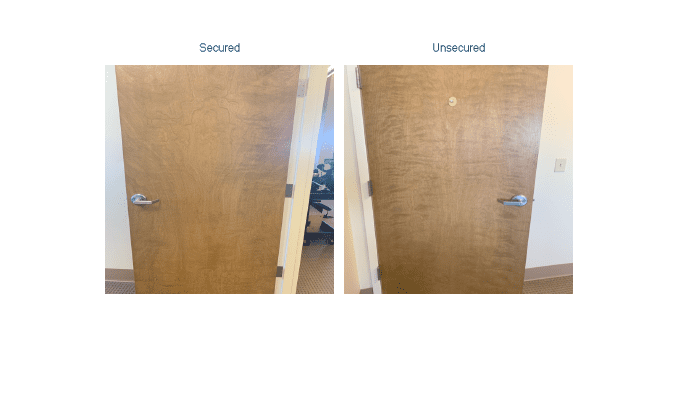How To Avoid Fire Safety Reporting Nightmares

Subscribe to our Blog
Fire safety reporting. It can be your worst nightmare, especially if you manage multiple properties in different locations. You want consistency so you can easily see which facilities are in compliance with local codes and standards, and which aren’t. In a perfect world, you want to do away with paper inspection reports and bound inspection books and have everything all in one place.
We all know that’s a tough obstacle, especially when you manage a team of professionals who have been doing things the same way for who knows how long. If you’re in a new position as a facilities manager or director, your first order of business is to tighten up processes and clean up the way facility inspections have been done in the past. This isn’t an easy task. Wrapping your arms around all of the maintenance inspections that are needed across your properties is tough – especially if you’re having trouble tracking down records or previous inspection paperwork.
You’ve been tasked with tightening up budgets. You’ve been tasked with creating efficiency among your team. You’ve been tasked with keeping your facility and it’s occupants safe. What’s the first step in tightening up your processes? Getting your team to perform inspections internally, consistently. How do you do that? With training and if you’re really feeling like a change is in need, with easy-to-use inspection software that your team can easily adapt into their workflow process.
Here are our top five reasons how training your internal staff to perform inspections the same way across the board can stop your reporting nightmares for good and make your life (and all of your mounting tasks), easier.
Gauging Productivity – As managers, we all are familiar with the term “productivity.” You know the math: Productivity rate is calculated as the total output of workers divided by hours worked. Output is typically a dollar amount, which is difficult to calculate in facility and maintenance management because of the sheer volume of tasks the day consists of. However, you can gauge the productivity of your facilities team through reporting and get a pretty good idea of how efficient they are in their day to day production – specifically when it comes to code mandated facilities inspections. NFPA code requires that very specific information be included in the compliance report at the end of most inspections. For example, NFPA 80 requires that the name of the technician and the day of the inspection be collected during annual fire door inspections. Using inspection software, you can get an even more granular look at how quickly the inspections take so you can budget your employee’s time accordingly and make the most out of your people resources. You can see in this sample inspection report, the technician was able to move from stair well to stair well to inspect the fire doors relatively quickly. A huge win for not only productivity, but for code compliance as well.

Photo Documentation and Proof of Inspection – It’s one thing to collect the information that’s required by code for inspections, but having photographic proof of the inspection takes the inspection to a whole new level. Photos of any deficiencies will help immensely when it comes time to start those dreaded (and expensive) repairs. You’ll save tons of time being able to go back directly to the deficient door and start the repair process – either internally or with specialist like LSS. Added bonus: Your fire marshal or other Authority Having Jurisdiction (AHJ), will love having photo proof of inspection. They’ll feel satisfied that you are performing the inspections ethically and to code standards.

Data Accuracy – Having your team all trained the same way to perform inspections and to collect inspection data uniformly and consistently will almost certainly make things easier for you in the long run. Standardization in reporting will allow you to thumb through the inspection report or query for results (if you’re using software) easily for every facility. All of the inspection records will look the same and have been collected the same way. Our online fire door inspection training provides tips and tricks for your technicians on how to perform the inspection properly – from starting at the top left frame of the door and following it down through the 13 inspection points of NFPA 80. We even walk your team through best practices for numbering the door and which floors to start inspecting on first. Wouldn’t it be nice not to have to worry about lost inspection records ever again?
Guided Field Inspections – Fire safety inspections are hard core. You not only have to understand the codes and standards behind them, you also have to be knowledgeable in all aspects of the system you are inspecting – whether it’s all the components of a rolling or swinging fire door, or all of the different parts of a damper. If you don’t understand the “why” and “how” of these systems, you can’t possibly inspect them properly. A quality training program should not only bring you up to speed on all of the different components of the asset you are inspecting, but also provide you with the information you need to guide you through an inspection.
Code Compliance – The International Building Code and Fire Code both reference NFPA’s Life Safety Code for maintaining fire-rated systems. NFPA has relatively strict reporting requirements when it comes to the installation, testing and maintenance of fire safety systems. For instance, in regards to smoke damper inspections, NFPA 105 6.5.11 states, “All inspections and testing shall be documented indicating the location of the damper, date of inspection, name of the inspector, and deficiencies discovered. The documentation shall have a space to indicate when and how the deficiencies were corrected.” A strong training program should equip your team with the knowledge they need to collect the right, code-mandated information for your final inspection report.
At the end of the day, we all know the inspection report is the ultimate deliverable for your AHJ. Make your life easier by streamlining your processes with consistent training. You’ll get everyone started on the right path to compliance and have a deliverable for your AHJ that you can be sure will meet their requirements. Ready to get started on your training? Sign up for a demo of our online training course today and be ready to finally say goodbye to reporting nightmares forever.





